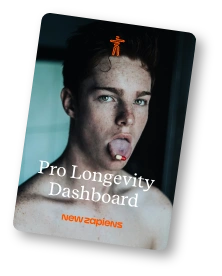
Longevity Magazine
Empower yourself with insights for preventive health, wellness and longevity. Explore our latest articles on fitness, personalized medicine, cutting-edge science and strategies to help you live a longer, healthier life.
15 results


Lifespan Extension Interventions
•
6 min read
The 3 Hard Truths About Longevity Nobody Wants to Admit

Biohacking Communities
•
11 min read
Why Longevity Should Be a Human Right
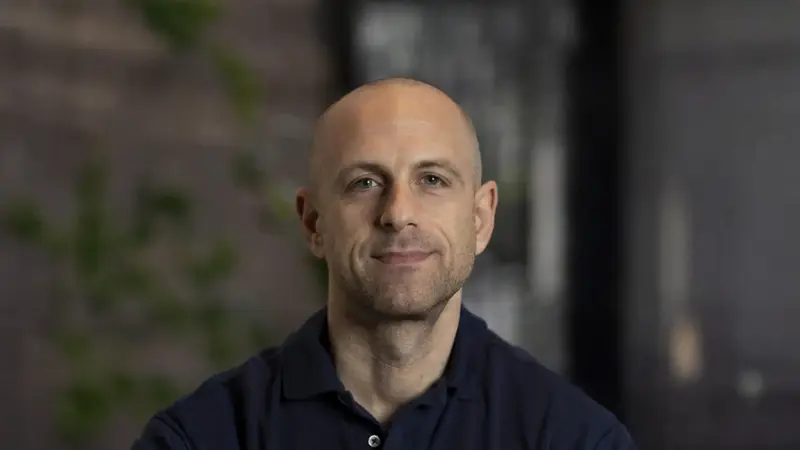

Lifespan Extension Interventions
•
5 min read
Longevity: AI’s First Philanthropic Goal
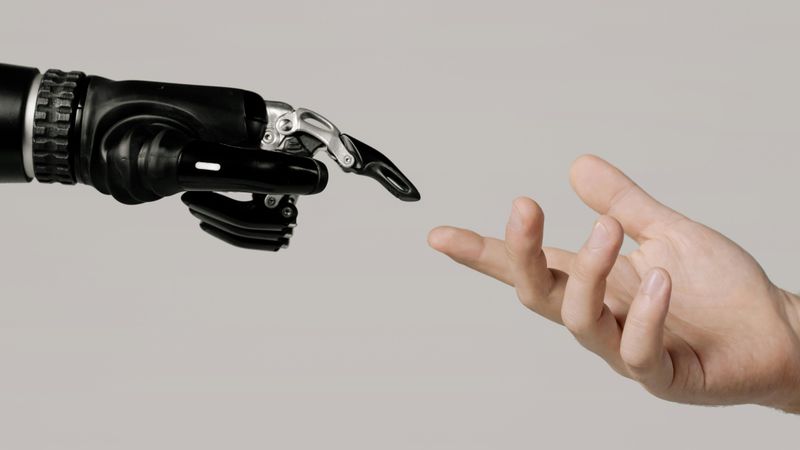
Lifespan Extension Interventions
•
8 min read
Longevity Escape Velocity – living long enough to live forever
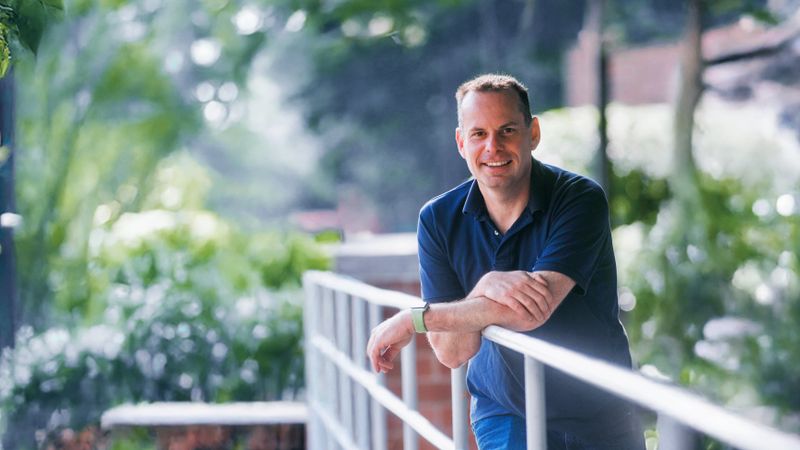

Lifespan Extension Interventions
•
2 min read
Multilingualism increases life expectancy
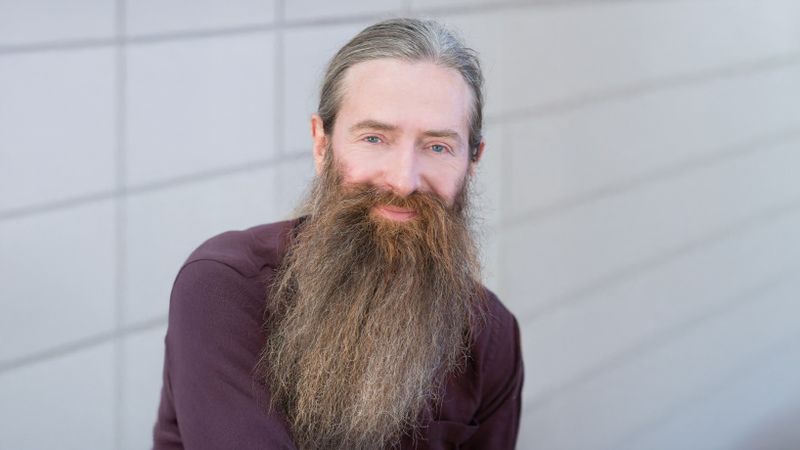
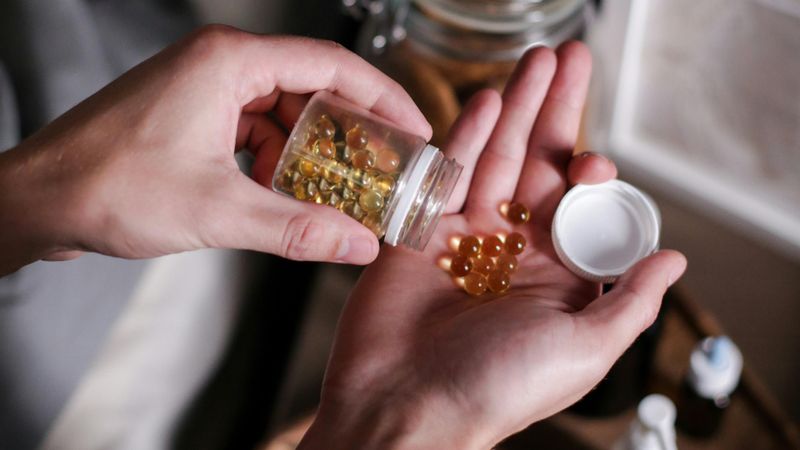
Omega-3 Fatty Acids
•
2 min read
Omega-3 may turn back the epigenetic clock


